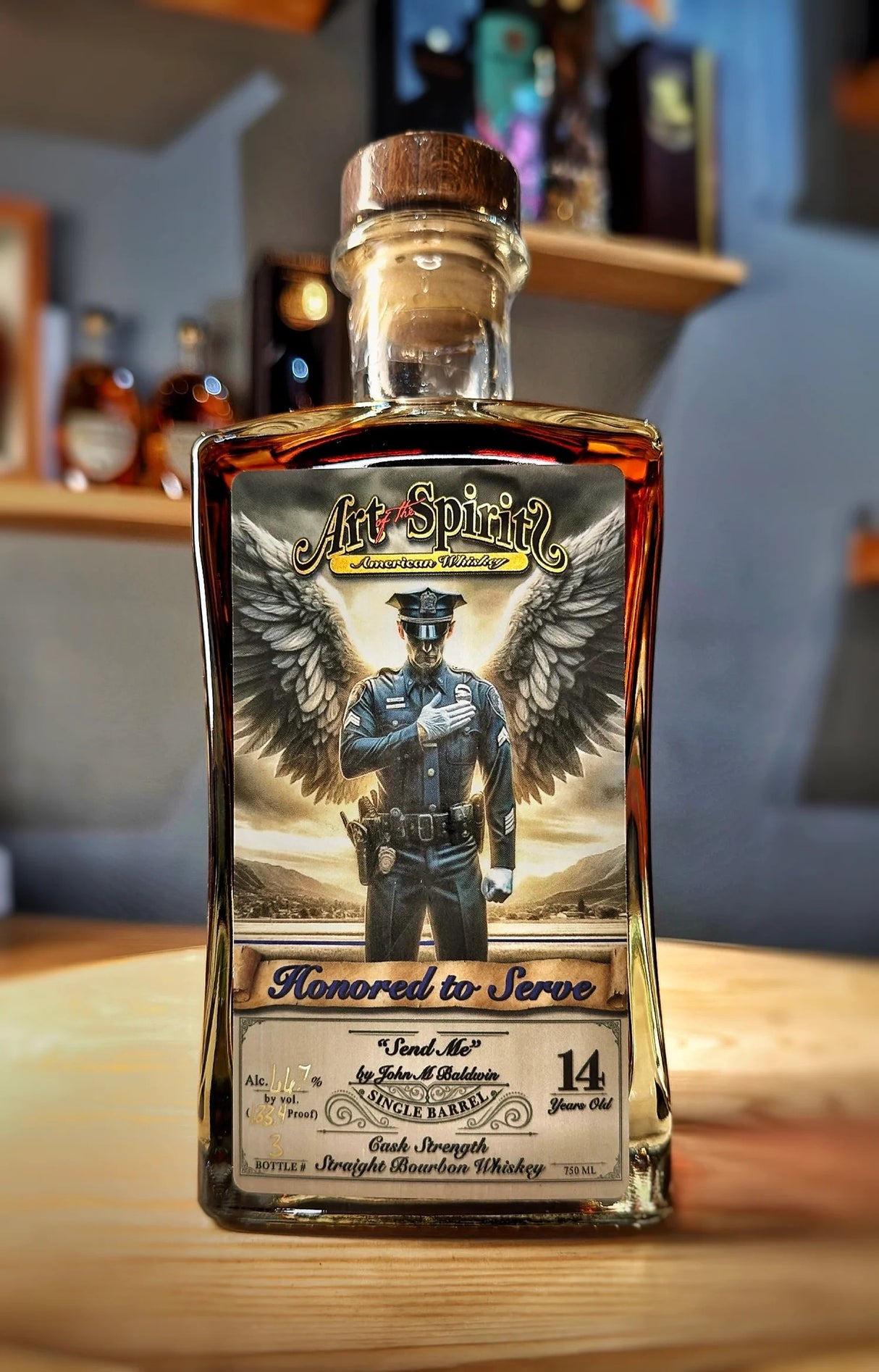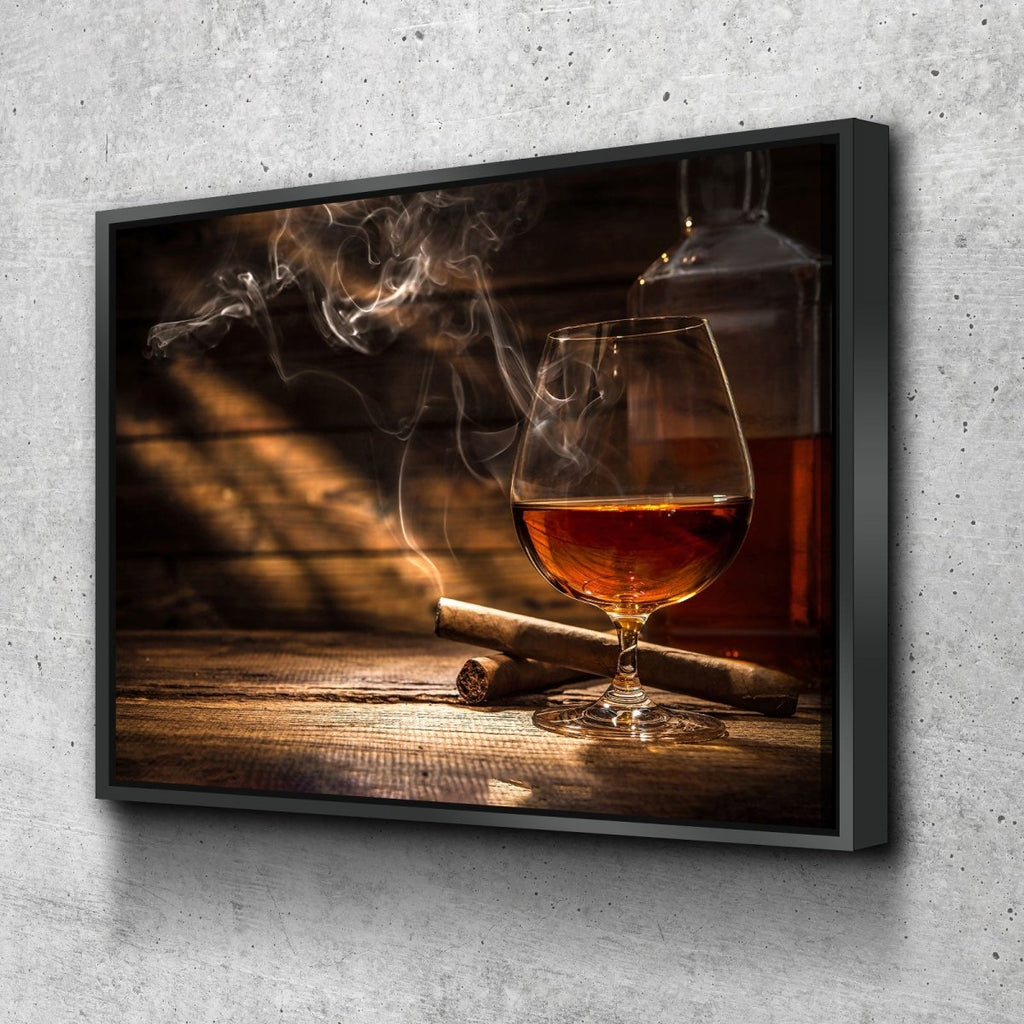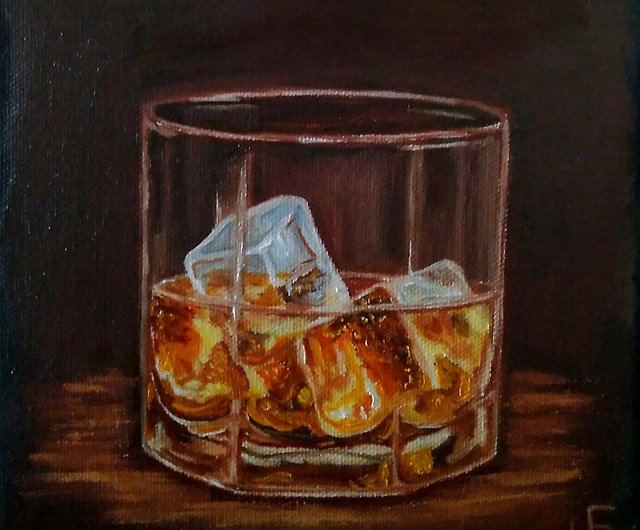The Significance of Whiskey Art in Celebrating Heritage and Craftsmanship in the Beverage Industry
The intricate connection in between scotch art and the event of heritage and craftsmanship within the drink industry can not be overemphasized. With thoughtfully created labels and bottles, whiskey brands envelop their historical origins and the artisanal abilities that specify their production techniques. This imaginative measurement not only improves market allure but likewise works as a channel for social storytelling, promoting a deeper connection between the customer and the craft. As we explore the various facets of this topic, fascinating inquiries concerning the effect of modern patterns on conventional methods develop, triggering additional examination.
The Historic Roots of Whiskey
At the heart of scotch's appeal lies a rich tapestry of historic roots that map back to old people. The origins of whiskey can be linked to the purification methods of the Sumerians and Babylonians around 2000 BCE, where very early forms of fermented grain beverages started to emerge. Nonetheless, it was in the Middle Ages that the art of purification developed considerably, specifically in Ireland and Scotland, bring about the production of bourbon as we know it today.
The term "whiskey" itself originates from the Gaelic word "uisce beatha," implying "water of life." This expression underscores the cultural importance of scotch in Celtic cultures, where it was often connected with rituals, celebrations, and communal bonding. By the 15th century, distillation ended up being an acknowledged craft within reclusive communities, paving the means for the facility of legal distilleries.
As trade courses expanded, scotch's popularity grew, transcending local borders and catching the interest of connoisseurs worldwide. Limited Edition. This historical trip reflects not just the workmanship behind scotch manufacturing however also its important duty in social and social contexts, noting it as a considerable drink throughout history
Artistic Expression in Branding
Whiskey branding stands as an engaging junction of artistry and commerce, where visual identity plays an important function in shaping customer understanding. The visual appeals of scotch tags, packaging, and marketing materials show not only the brand's story however likewise its core values and heritage. Via artistic expression, distilleries share a story that reverberates with customers, stimulating emotions and triggering links.
The use of color, typography, and images in branding serves to set apart items in a saturated market. Standard concepts might evoke a feeling of authenticity and workmanship, while contemporary layouts can indicate technology and forward-thinking. This calculated artistic instructions enhances brand name acknowledgment and commitment, enabling customers to build a personal relationship with the whiskey they pick.
Furthermore, creative expression in branding usually acts as a party of regional heritage. Distilleries often include regional symbols or historic references right into their designs, developing a local color that welcomes consumers to take part in a broader cultural experience. Inevitably, the artistry behind bourbon branding not just enhances visual appeal however additionally improves the total narrative of the brand, promoting a deeper gratitude for the craftsmanship and heritage ingrained in each bottle.
Workmanship in Container Style
The virtuosity evident in bourbon branding expands beyond visual identity to encompass the craftsmanship involved in container design. Each container acts as a vessel not just for the spirit within, yet additionally for the story it informs concerning its tradition, beginning, and quality. The design process requires careful attention to information, as aspects such as product, form, and closure add dramatically to the overall understanding of the bourbon.
Craftsmanship in container layout includes choosing top notch glass that can enhance the scotch's shade and clearness, while additionally providing a tactile experience for the consumer. The shape of the bottle have to be both practical and visually enticing, typically mirroring the heritage of the brand. Many distilleries go with distinct forms or embossed logo designs that stimulate a sense of authenticity and background.
In addition, the tag layout and typography play an essential function in connecting the brand name's story. Realism Art. A well-crafted bottle not just captivates the consumer's eye but also strengthens the brand's commitment to high quality and custom. By doing this, the craftsmanship of bottle style ends up being an important facet of the scotch experience, merging creativity with a profound respect for heritage
Cultural Relevance of Bourbon Art
Celebrating custom and craftsmanship, the social importance of scotch art transcends mere looks, intertwining with the historic and social narratives of the regions where it comes from. Each bottle acts as a canvas, depicting the distinct tales, mythology, and traditions that have actually shaped regional whiskey-making methods. The elaborate styles often reflect the heritage of the distillers, integrating icons and concepts that reverberate with the culture and worths of their communities.

In addition, bourbon art plays a crucial duty in communal events and parties, working as a tangible web link in between individuals and their shared experiences. By appreciating the virtuosity in bourbon packaging, consumers grow a much deeper understanding and respect for the craft, eventually enriching their satisfaction of the drink itself.
Modern Trends in Bourbon Presentation
In current years, the discussion of try these out scotch has evolved to mirror contemporary tastes and fads while still honoring conventional workmanship - Whiskey Art. Distilleries are significantly focusing on visual aspects that enhance the general alcohol consumption experience, connecting the void between heritage and modernity
Ingenious container designs have arised, usually integrating lasting materials and artistic labels that tell engaging stories. Several brands now collaborate with local musicians, infusing their items with one-of-a-kind aesthetic expressions that resonate with consumers. Furthermore, limited-edition launches are typically packaged in collectible containers, adding worth and appeal check here for connoisseurs.

Final Thought
In verdict, whiskey art serves as an essential avenue for sharing the heritage and craftsmanship intrinsic in the drink market. Via elaborate branding, ingenious container layouts, and culturally significant imaginative aspects, scotch brands successfully honor their practices and link with consumers. This creative story not just boosts the admiration of scotch however likewise strengthens community identity and pride amongst manufacturers. Inevitably, bourbon art plays an essential role in preserving and commemorating the abundant cultural tapestry of whiskey-making.


Workmanship in container style entails selecting top notch glass that can boost the bourbon's color and clarity, while additionally giving a responsive experience for the customer. In this means, the craftsmanship of container design becomes a vital facet of the scotch experience, combining creativity with a profound respect for heritage.
In verdict, scotch art offers as an important channel for expressing the heritage and workmanship intrinsic in the drink sector.